INDIAN EXPORTS FOR NON-PRINTED BEDLINEN OF MANMADE FIBRES (HSN CODE 630232)
Share Post
Overview
The global market for Indian exports of non-printed bedlinen of manmade fibres has seen a fluctuating trend over the years 2016 to 2022. The total value of exports worldwide increased from USD 7.4 million in 2016 to USD 20.4 million in 2022, with a notable dip to USD 4.1 million in 2019. This suggests a recovering and expanding market post-2019, possibly due to increased demand or improved trade relations.
Country-Specific Insights:
• USA: The USA consistently held the largest share of the market, peaking at USD 15.4 million in 2022, which is a significant increase from USD 3.3 million in 2016. The market share of the USA in Indian bedlinen exports rose dramatically from 44.6% in 2016 to 75.5% in 2022, indicating a strong preference for Indian bedlinen in the US market.
• Germany: Germany’s imports fluctuated, with a peak in 2018 at USD 3.9 million. However, it maintained a steady import value in the last two years, suggesting a stable demand.
• Canada: Canada showed a growing trend from no imports in the early years to USD 0.7 million in 2022, which could be due to diversification of supply sources or a newfound preference for Indian bedlinen.
• Italy: Italy’s market emerged in 2022 with imports worth USD 0.5 million, indicating a new and developing market segment for Indian exports.
• Netherlands: The Netherlands experienced a peak in 2020 at USD 1.1 million but saw a decline to USD 0.2 million in 2022, which may reflect changes in consumer preferences or competitive pressures.
• UAE: The UAE’s import values remained low throughout the period, with a slight increase to USD 0.2 million in 2022, showing a marginal interest in Indian bedlinen.
India’s Position and Comparative Analysis:
India’s position as an exporter of non-printed bedlinen of manmade fibres has strengthened, particularly in the US market. The significant growth in the US market share from 44.6% to 75.5% highlights India’s increasing dominance. In contrast, other major countries like Germany and the Netherlands have not shown such exponential growth, and new markets like Italy and Canada are only just beginning to show potential.
The overall trend indicates a growing global market for Indian bedlinen exports, with the USA being the primary driver of this growth. The dip in 2019 could be attributed to global economic factors or shifts in trade policies. The subsequent recovery suggests adaptability and resilience in the Indian bedlinen industry. Factors such as the quality of Indian manmade fibres, competitive pricing, and strong trade relations could be contributing to these trends. The emergence of new markets like Italy and Canada points towards India’s expanding global reach in this sector.
11:27 AM, Sep 09
Other Related Topics


Foreign Buyers Forge New Ties at UP International Trade Show
04:21 PM, Sep 30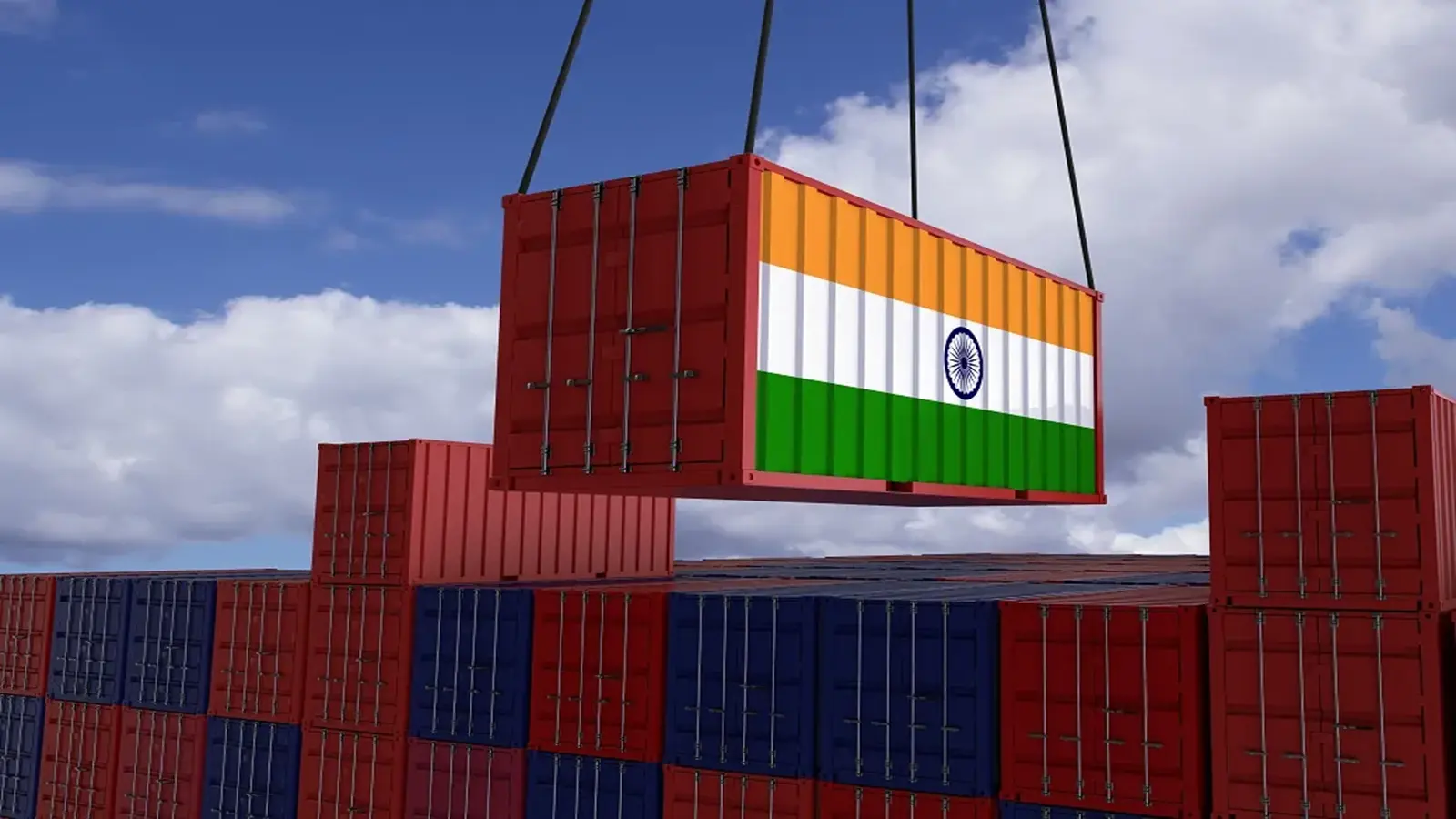
Government Extends RoDTEP Export Incentive Scheme Until March 2026
03:35 PM, Sep 30


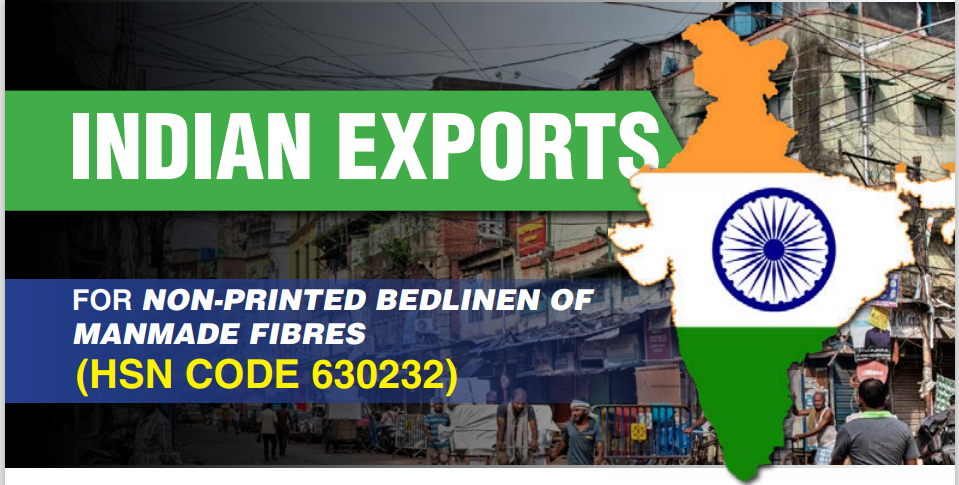
























.png)




31.PNG)

31.PNG)

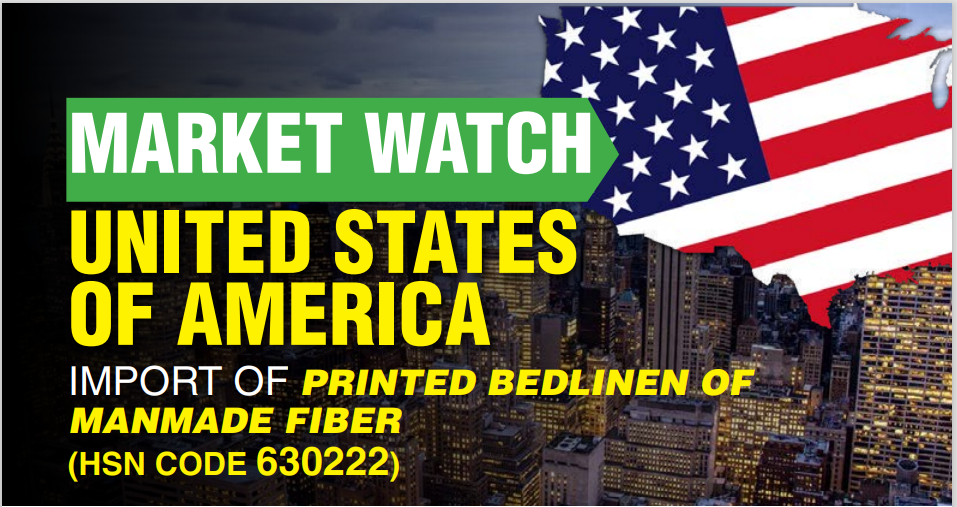

51.PNG)
41.PNG)
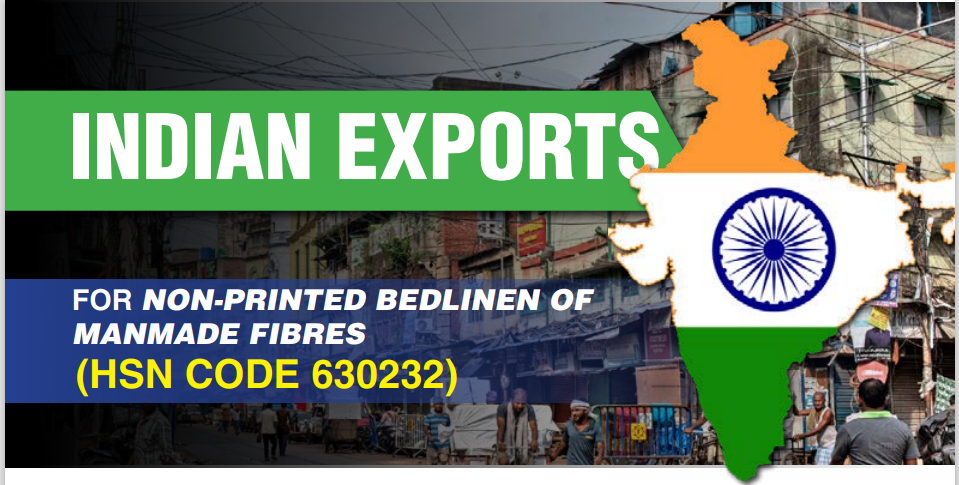


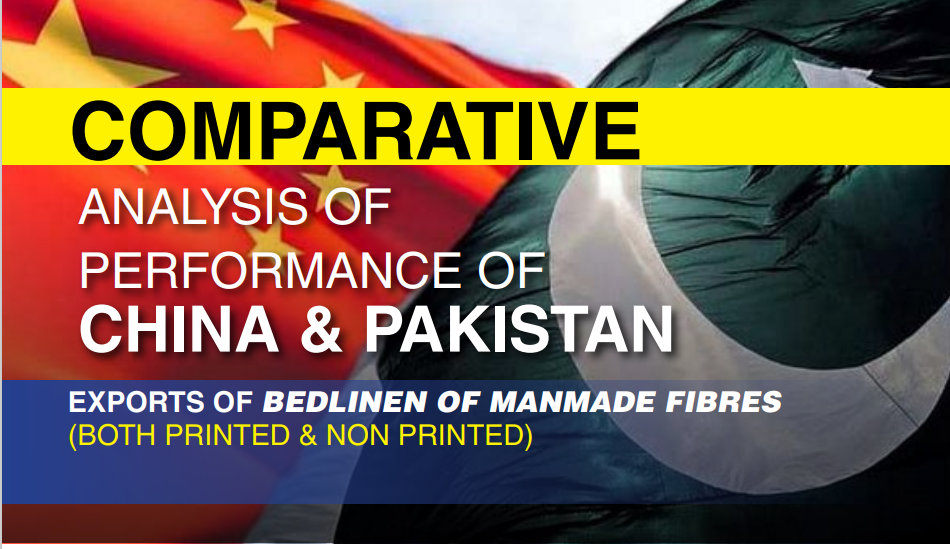
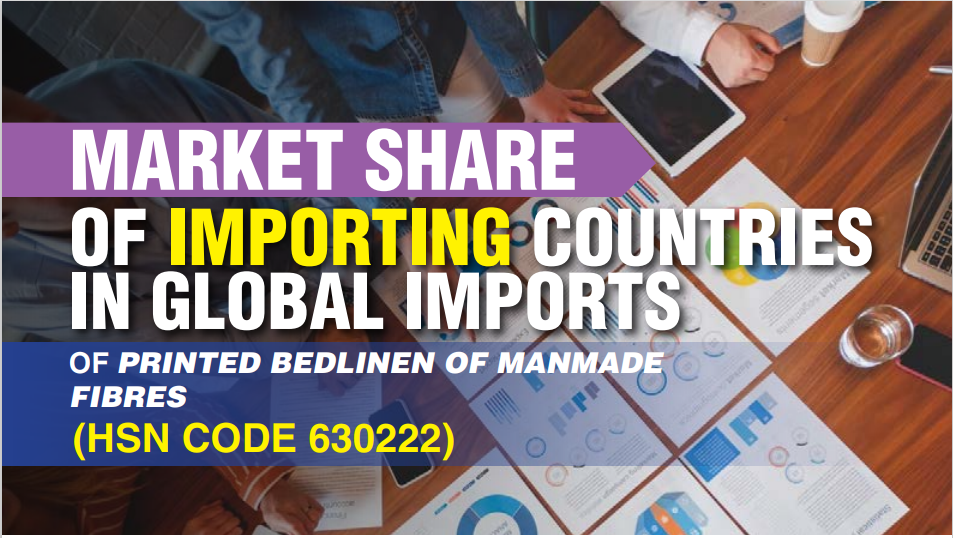
1.PNG)
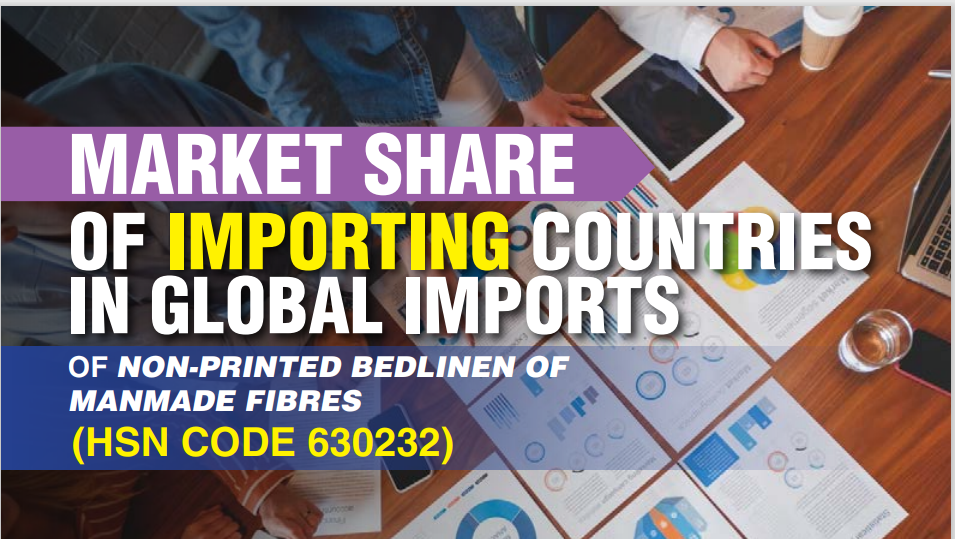


1.PNG)

